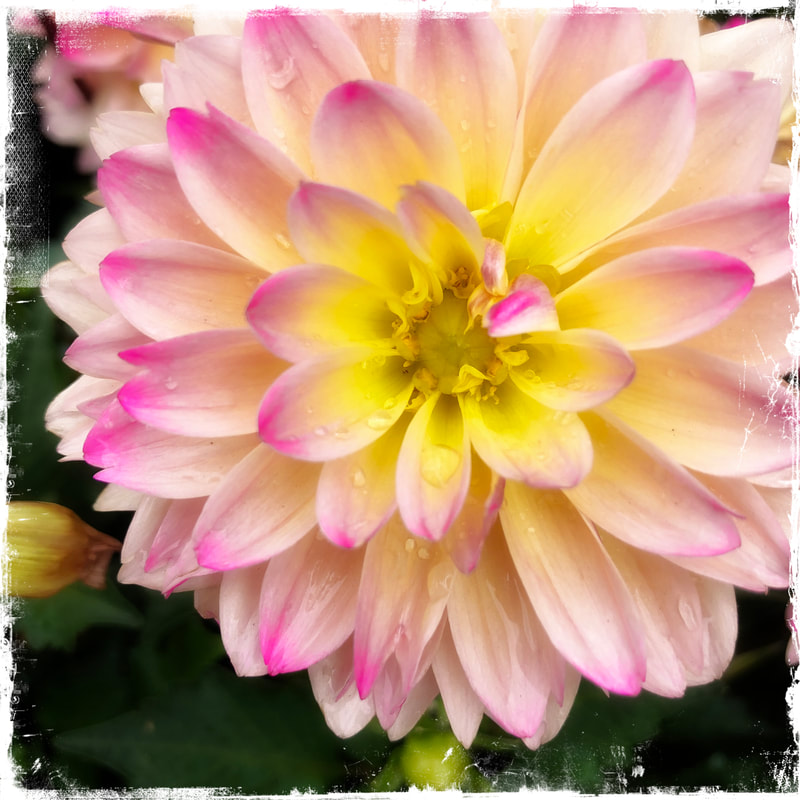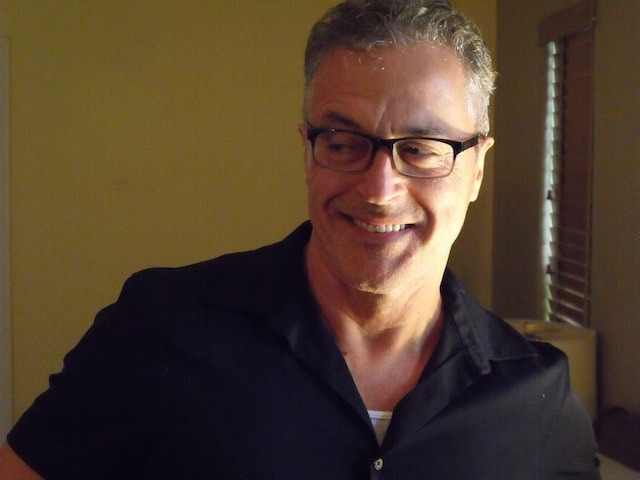ASSAY: A JOURNAL OF NONFICTION STUDIES
7.1
7.1
|
But what to call, say, James Agee’s Let Us Now Praise Famous Men, which, although it began life as a magazine feature (in Fortune, of all places), is clearly something beyond journalism? What to call the likes of Lidiya Ginzburg’s A Blockade Diary, Annie Ernaux’s A Man’s Place, Peter Handke’s A Sorrow Beyond Dreams, Claude Simon’s The Invitation, Claudio Magris’ Danube, Svetlana Alexievich’s Voices From Chernobyl? Should we call such works of narrative prose documentary novels? Nonfiction novels? Works of creative/literary/lyric nonfiction? Simply essays? They are called all those things and more, and often in a single review, as critics cast about for the mot juste, then typically give up, in essence saying that a truly appropriate form term does not yet exist or does not even need to exist, since each of these books is a sui generis work, its form unlikely to recur.
Readers in the Middle Ages assumed that whatever was between the covers of a book had to be true; not until the 19th century did they begin insisting on separating the factual from the created, and indeed favoring the latter: the novel began to outsell all other genres. In our day, the novel is so dominant that it is only with irony that, in the titles of one modern novelist, José Saramago of Portugal, the names of the archaic factual genres often appear. From the original Portuguese, these titles translate as The Manual of Painting and Calligraphy, A History of the Siege of Lisbon, An Essay on Blindness, An Essay on Lucidity. With irony that was perhaps less intentional, when The New Yorker serialized Truman Capote’s so-called nonfiction novel In Cold Blood, it appeared under the magazine’s Victorian-sounding Annals of Crime department label. Annals, histories, almanacs, diaries, journals, manuals, treatises, screeds, essays: these were some of literature’s most popular forms before the novel’s rise. But a chronicle is what a work of factual narrative prose was, historically, most likely to be called. Indeed, in Romance languages that still do not have the word non-fiction, a chronicle (or cronica, or cronaca) is what such a work is still called. Alas, once they arrive in the English-speaking world, chronicles tend to be marketed and reviewed as something else, most often as novels, sometimes as journalism. Yet factual English-language works of literature that could well be called chronicles add up to a impressive canon, including, from the 18th century, William Bartram’s now obscure but once influential Travels; from the 19th century, Henry David Thoreau’s Walden and Mark Twain’s Life on the Mississippi; from the early 20th century, John Millington Synge’s The Aran Islands, T. E. Lawrence’s Seven Pillars of Wisdom, John Reed’s Ten Days That Shook the World, Agee’s masterpiece, George Orwell’s Homage to Catalonia, Ernest Hemingway’s Death in the Afternoon and Rebecca West’s Black Lamb and Grey Falcon. What would define such books as examples of the chronicle? They are works of factual prose offering artful and usually insightful descriptions of the real within a narrative that includes personal experience but looks well beyond it. In length, the chronicle can range from a mere fragment or note, as in Fernando Pessoa’s The Book of Disquietude, Botho Strauss’s Couples, Passersby, Josep Pla’s The Gray Notebook and Handke’s The Weight of the World; to something longer, such as the feuilletons written by Joseph Roth (collected in What I Saw and Report From a Parisian Paradise), the cronicas of Clarice Lispector (Selected Cronicas), and the texts of Jacques Réda (The Ruins of Paris); a tome as geologically hefty as Tim Robinson’s two-volume Stones of Aran; medium-size works like Pedro Rosa Mendes’s Bay of Tigers and Javier Cerca’s The Anatomy of a Moment; slim booklets like Alain de Botton’s A Week at the Airport, and Geoff Dyer’s Another Great Day at Sea. Of course, none of these have been identified as chronicles, since the term survives into our time in the English-speaking world not as the name of a literary form but as a verb: a story, essay, novel, memoir, history, biography, true-crime account, article, documentary, TV episode, podcast or feature film is said to chronicle something or other. There are writers who believe that any factual book that is written well enough ought simply to be classified as literature and, in bookstores and libraries, shelved apart from regular nonfiction with its warren of subdivisions. That may not be practical, but it certainly should be the case for factual works that have as their main objective not the exposition of a particular subject but the art of prose. And these, not coincidentally, are what poets usually choose over fiction when they decide to try their hand at prose: the essay, the diary, the journal, the memoir, or that form that seems to have lost its name with the rise of the novel and that I am concerned with here, the chronicle. It is a form, the chronicle, that can most easily be confused with the memoir. What chiefly separates the two is that the chronicle is ever only indirectly a slice of the writer’s autobiography, sometimes, as in the case of Synge’s The Aran Islands, leaving out autobiographical details altogether. Usually it takes the form of a quest — or an inquest, or both — into something beyond the self, be it the spirit of a place (Synge’s and Robinson’s islands, V.S. Naipaul's patch of the Wiltshire countryside in The Enigma of Arrival, Réda’s derelict urban and suburban places in Paris, or, in the case James Attlee’s Isolarion, a busy town street), the presence or influence of an historic figure (Dyer’s D.H. Lawrence or Simon’s Gorbachev), an entire people (Roth’s eastern Jews), the human impact of some enormous catastrophe (Alexievich’s nuclear meltdown, or Rosa Mendes’s Angolan civil war), the way the constraints of an era and social class are poignantly reflected in the behavior of a man or woman as remembered by their daughter or son (as in the case of Handke and his evident disciple, Ernaux), how historical and artistic times can be evoked by tracing the history of a curious heirloom as it was passed down in a family (Edmund de Waal’s The Hare With Amber Eyes). In other words, although the chronicler often is a character in his chronicle (even if, as in the case of Magris, a teasingly invisible one), she or he is more interested in capturing and perhaps analyzing a slice of the world (however tiny or grand) than a slice of the self. The chronicle is chiefly centered on something beyond the chronicler, although the chronicler can serve as the conduit to it, be affected and perhaps changed by it in turn, and use his personality and style to help the reader engage with it.
|
|
Carlos Cunha teaches reporting at the University of Florida. A veteran journalist, he has worked on staff for The New York Times Editing Center, CNN, The Hartford Courant, and The Standard-Times in the United States, as well as several publications in South Africa, where he grew up. His literary writing received a notable mention in the Best American Essays 2019 anthology and won prizes in the William Faulkner-William Wisdom national writing contest and a Gulf Coast magazine competition judged by John D’Agata. He has published in the The Kenyon Review, TriQuarterly, The Los Angeles Review of Books, an issue of the Seattle Review edited by David Shields, England’s Manchester Review, DoubleTake magazine, and other journals. A Portuguese native, he was born on the Azores island of Terceira and lives in Gainesville, Florida, with his wife and twin daughters.
|

